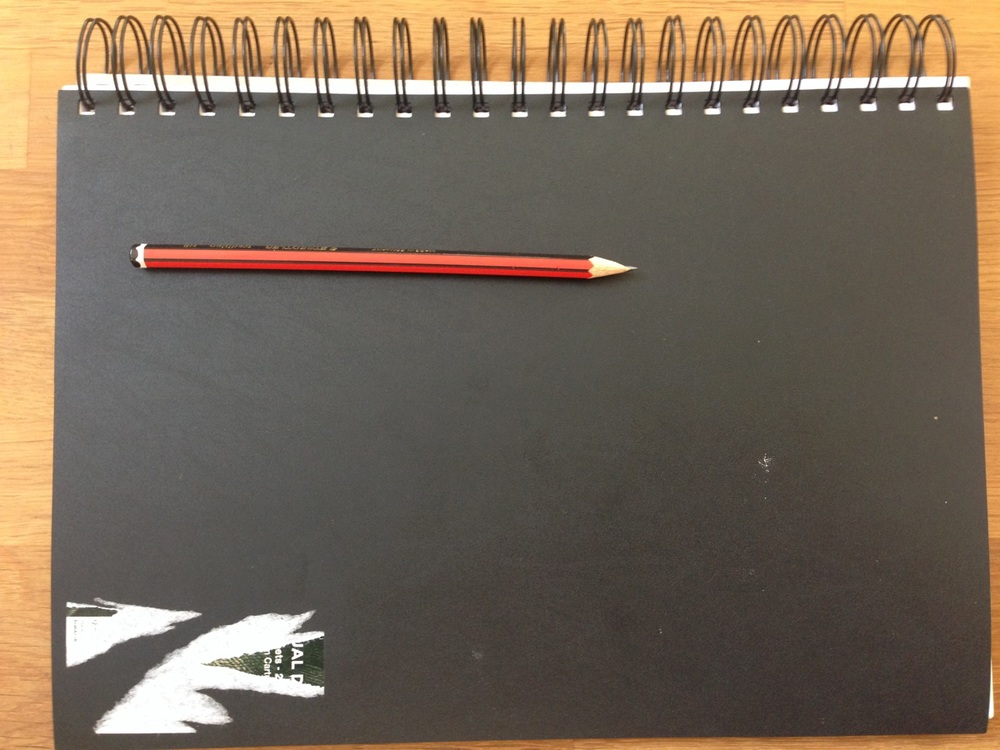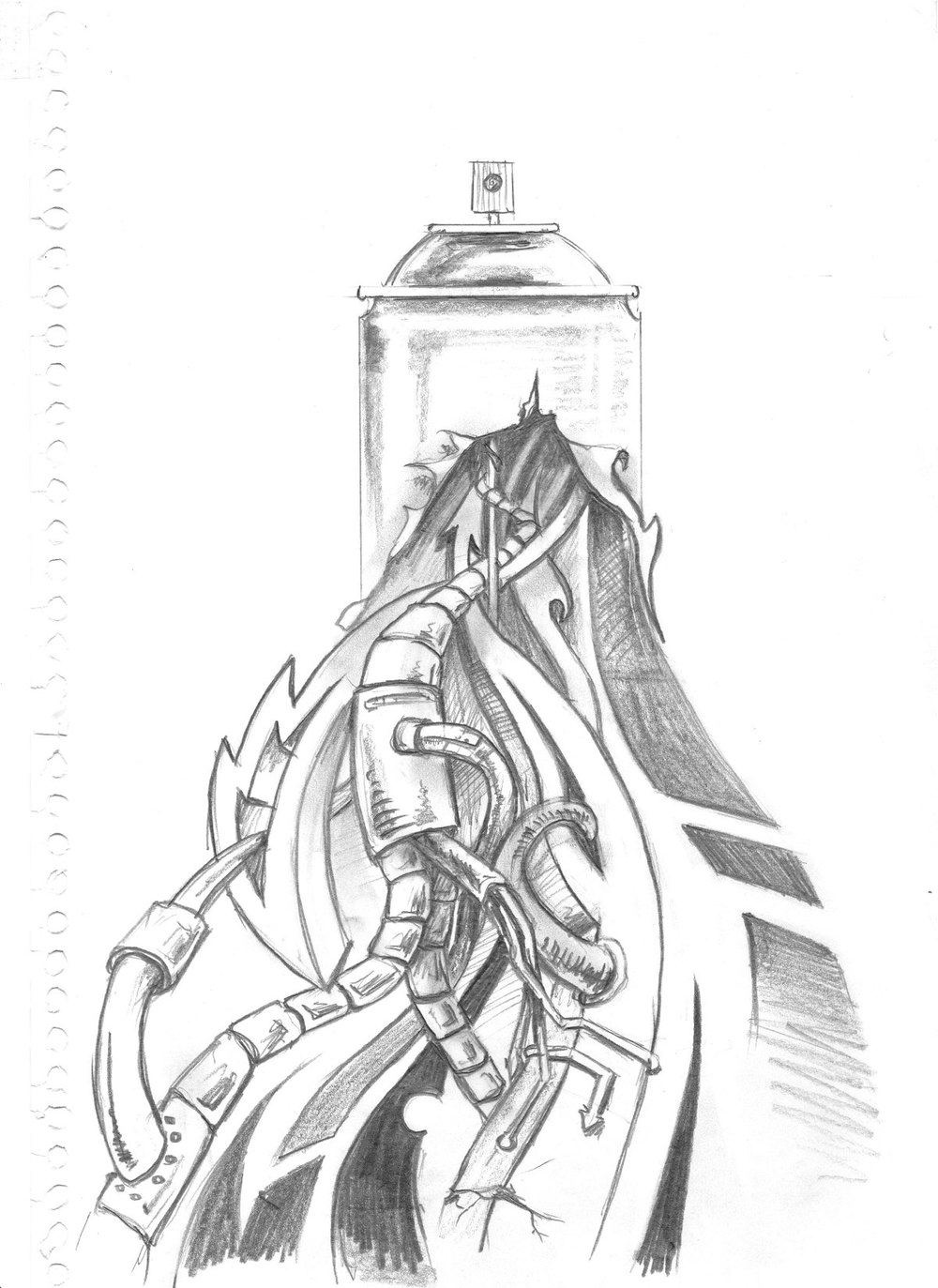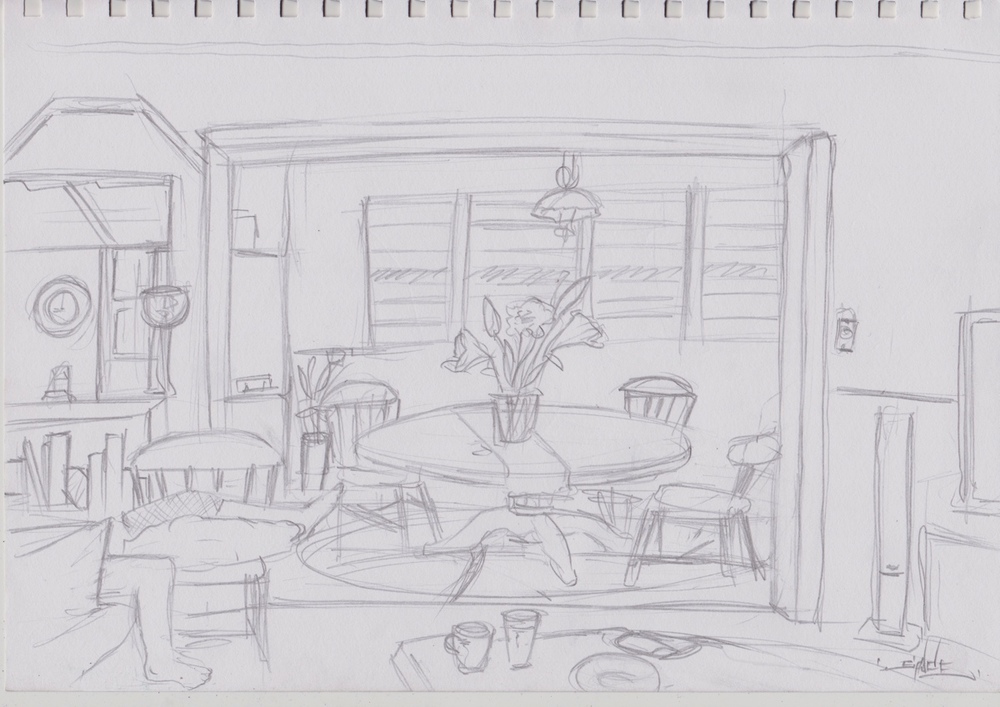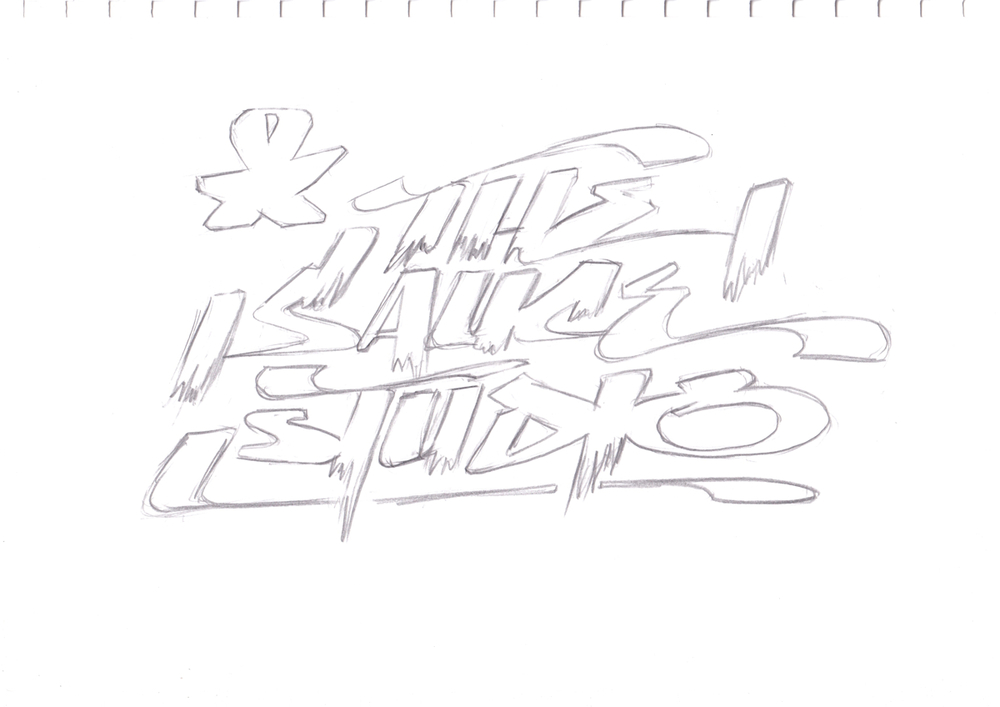Gentrified Graffiti
/Welcome back to #ArtThursday!
 A & C, aerosol on canvas. Sauce, 2014.
A & C, aerosol on canvas. Sauce, 2014.
This week I want to about graff and galleries. For some time now, Sauce has been painting smaller graffiti pieces on canvas. Some of these works have won awards and hung in fine galleries, and others now live in suburban lounge-rooms, which strikes the question: Does graffiti belong in the gallery?
The short answer is yes. Graffiti, aerosol art and street art are legitimate art forms and are definitely a part of the urban expression and deserve a place in our galleries, museums and cultural homes.

De-stagnate, aerosol on canvas. Sauce, 2013
But… What is this doing to the art form and culture of graffiti and what about it’s rebellious roots in railways and razor wire? By removing the art form it’s ‘natural habitat’ are we devaluing and watering down it’s effects and messages? What is the state of the wider culture of hip hop, when a piece of pastiche and derivative stencil art piece can command a small fortune*?
There is no short or easy answer to the problems of gentrified graffiti, however it does allow artists to expand their repertoire and practice their skills. Essentially, this cultural shift of graffiti in galleries commands artists to delve further into their arts practice and hone their craft, and at the very least, it allows the graffiti artist to escape the authorities one more time.

Something Sweet, aerosol on canvas. Sauce, 2013
*I could delve further into this and explain it in terms of Bourdieu and maybe even Simmel but who’s got time for that?






